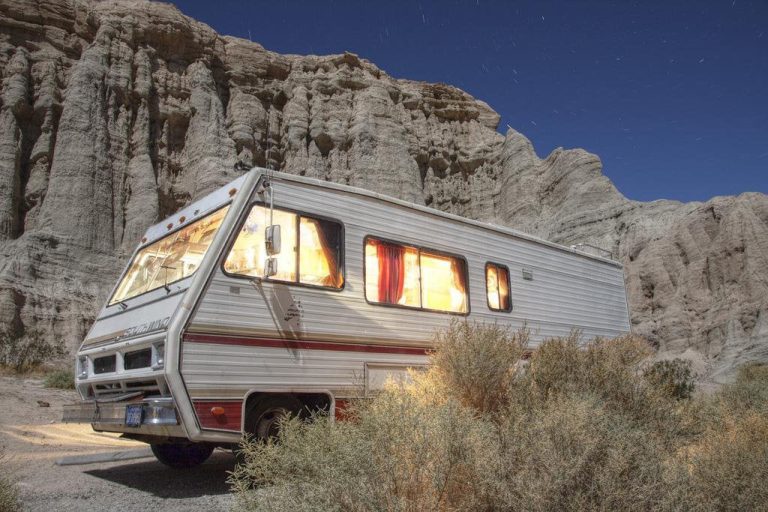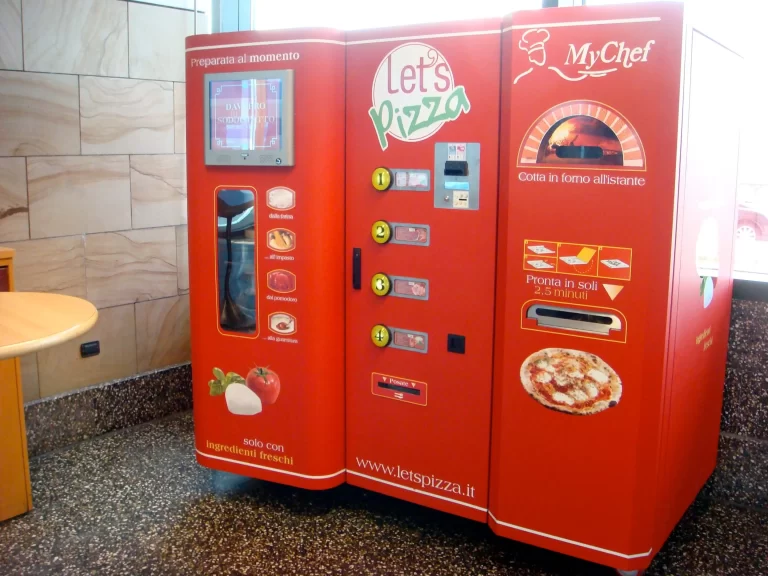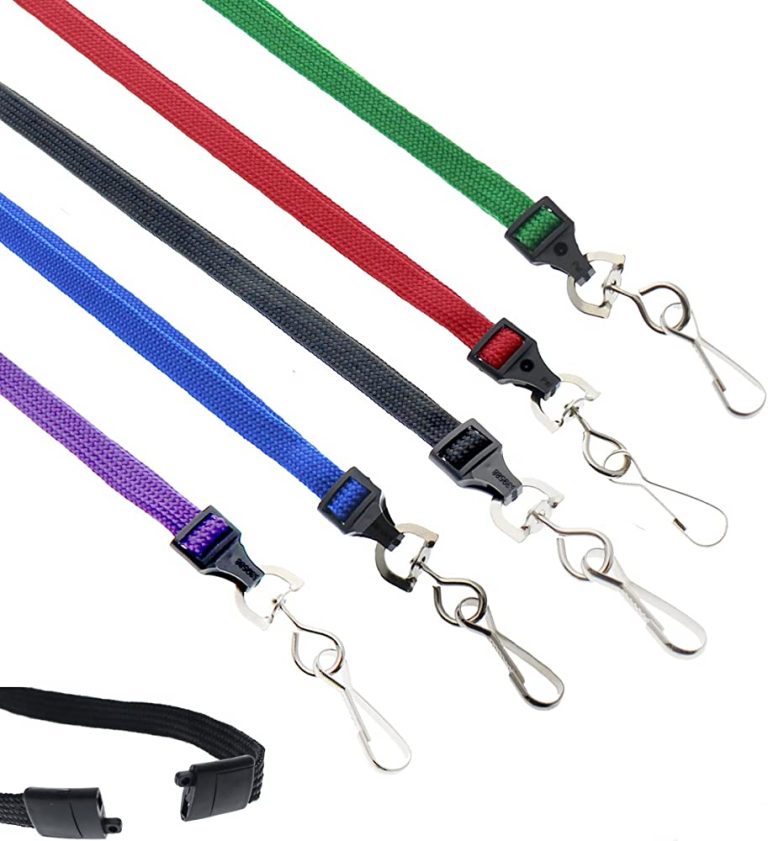Convert Residual Wood into Useable Wood Chips

A machine that breaks down wood (often tree limbs or stumps) into little woodchips is known as a wood chip machine or a tree chipper. They are frequently transportable since they are installed on frames with wheels that may be towed behind a tractor or truck. An internal combustion engine typically produces between 2 and 700 kW (3-1,000 horsepower). Additionally, high-power chipper variants are placed on trucks and run by independent engines. These types frequently include a hydraulic winch as well.
Table of Contents
Working:
A tree stump is placed into the feeder and initiated into the chipping process. The collar is a partial safety measure to keep human bodies apart from the chopping blades. Chips can either be directed onto the ground or into a vehicle container as they exit through a funnel. Chips of 2.5–5 cm (1-2 in) across are the norm for output. Wood chips can be used in various ways, including as a cover crop or as a feed for a digester for creating paper.
Typically, a wood chip machine uses energy stored in a large flywheel (however, some use drums). The flywheel’s face is equipped with chopping blades, and internal combustion or an electric engine accelerates the flywheel.
Large wood chippers usually have fluted rollers in the neck of their feed tubes. When the sliders grasp a branch, the grooves move the branch steadily toward the chopping blades. These safety sliders may be turned around if a branch is stuck on clothing.
Types:
Disc:
The chipping process of the initial chipper layout consisted of a steel disc with blades attached to it. Heinrich Wigger, a German inventor who received a patent for his creation in 1922, is credited with creating this technique.
Drum:
Drum chippers use methods that include a sizable steel drum driven by a motor. The drum rotates toward the chute while being situated vertically to the feeder. The material is chopped into chips by blades attached to the drum’s outside, launching the chips into the delivery duct. The typical material diameter capability of industrial-grade drum-style chippers ranges from 25 to 60 cm (9 to 24 in). Traditional drum-fed chippers draw the substance through the drum as it chips it, acting as the feed mechanism.
Other:
Drums, discs, or a mix of the two may be used by “whole tree chippers” and “recyclers,” which can typically handle aggregate diameters of 60–180 cm (2–6 ft). The most extensive wood processing equipment, called “Tub or Horizontal Grinders,” can pulverize wood rather than chop it, producing crushed wood instead of chips or chunks. These machines can handle materials with a diameter of 8 ft or more.
Features:
- A sophisticated design and dependable technology
- Chips with a high processing capacity and superior quality
- Easy to maintain and environmentally friendly
- Space-saving and cost-effective
- All types of wood should be chipped
- A long-running time that is assured
- Hydraulic control, straightforward use, and minimal upkeep
- A variety of basic materials
Final verdict:
Wood chip machine is used to convert raw material, i.e., tree timber, processing fiberboard, particle board, residual processing including batten, branches, roots waste, building templates, log core, veneer, etc., as well as non-wood raw material including bamboo, reed, sugarcane, etc. into usable wood blocks or chips in factories.
For More Article Visit: KEY TO INFO






